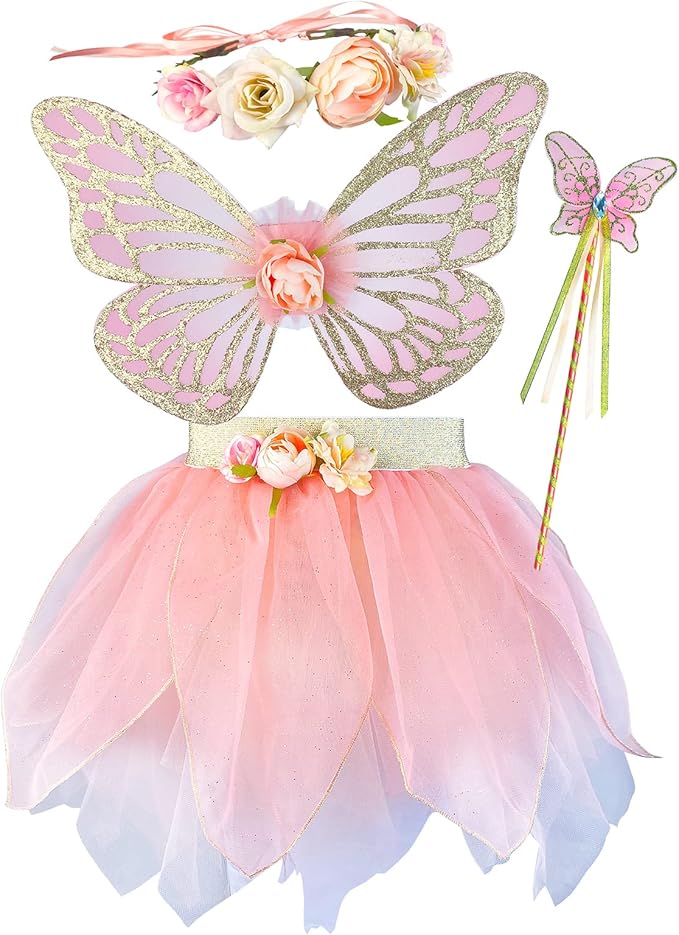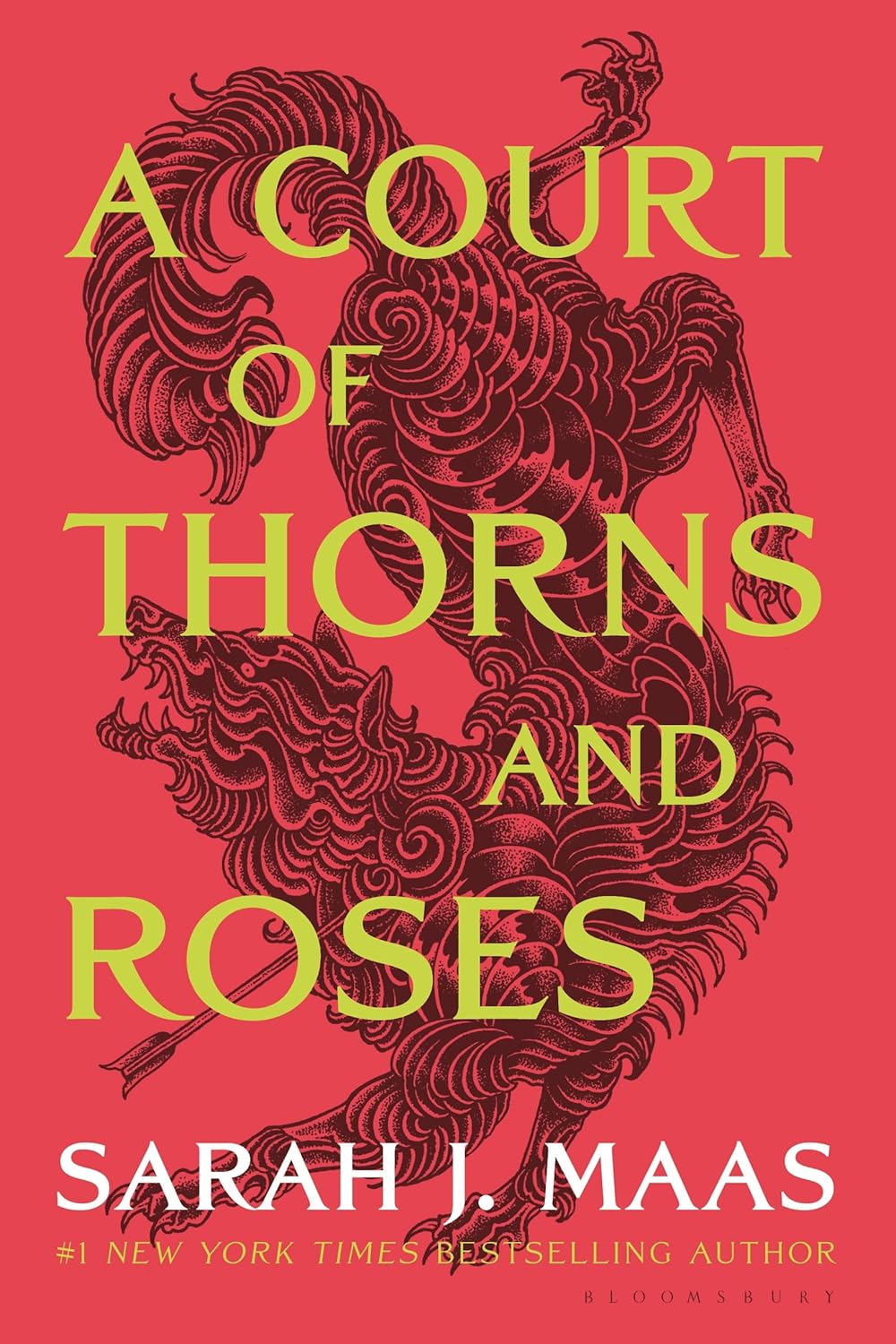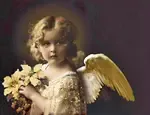- Home
- Fairy Blog
- Fairy Cakes
- Fairy Quotes
- Safety Dance
- The Flower Fairies Books
- What is a Fairy?
- Are Fairies Real?
- Elemental Fairies
- Faeries
- What are the Fae?
- Fae Fantasy Books
- Fairy History
- Origin of Fairies
- Fairies in Folklore
- Pixies
- Pixie Fairy Differences
- Gothic Fairies
- Tooth Fairy
- Fairy Festivals
- Fairy Gardens
- Fairy Garden Accessories
- Fairy Forests
- Fairy Poems
- Fairy Tales
- Fairy Tale Origins
- Classic Fairy Tales
- 24 Fairy Tales
- Fairy Tales around the World
- About Fantasy Creatures
- Dragons
- Dwarves
- Elves
- Gnomes
- Leprechauns
- Mermaids
- Unicorns
- Fairy Face Painting
- Fairy Costumes for Kids
- Free Fairy Art
- Fairy Coloring Pages
- Fairy Crafts For Kids
- Chinese Dragon Art
- How to Draw a Dragon
- Chinese Dragon Drawing
- Dragon Coloring Pages
- Fairy Tattoo Ideas
- About Us
- Contact Us
- Disclaimer
- Privacy Policy
Classic Fairy Tales
Classic Fairy Tales were originally oral tales that were intended mostly for adults. They were gathered and put into collections that are from all over the world.
Over many time periods, as they were printed, they were revised to become more child-friendly. Fairy Tales typically feature all kinds of magical creatures, including princes, princesses, witches, talking animals and mermaids. Usually, magic or enchantment is involved.
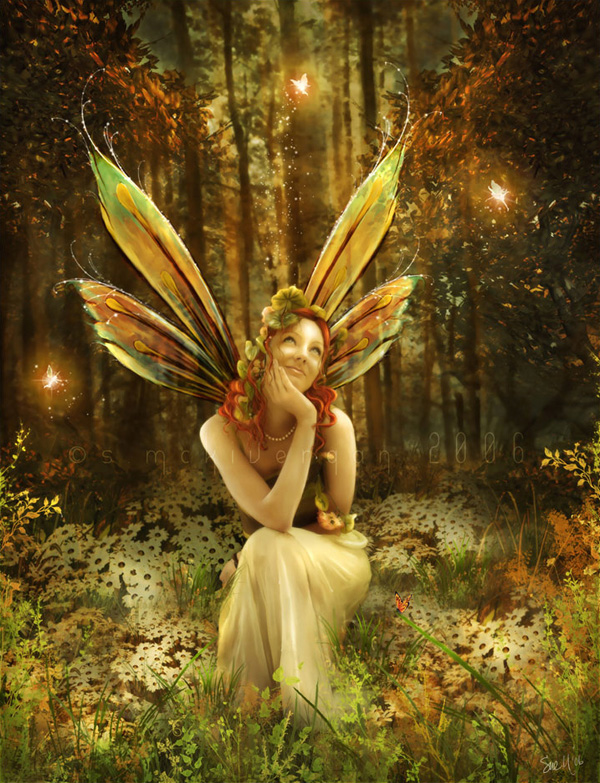
Adorable Fairy Costume Set!
Includes a fairy tutu, wing, wand and flower halo - perfect for parties, dress-up play, pageants and so on.
CLICK HERE for the best price!
Many classic fairy tales have evolved over centuries through oral storytelling traditions, making it difficult to pinpoint their exact origins or original authors. However, some of the most famous fairy tales have been collected, adapted, and popularized by the following authors and collectors.
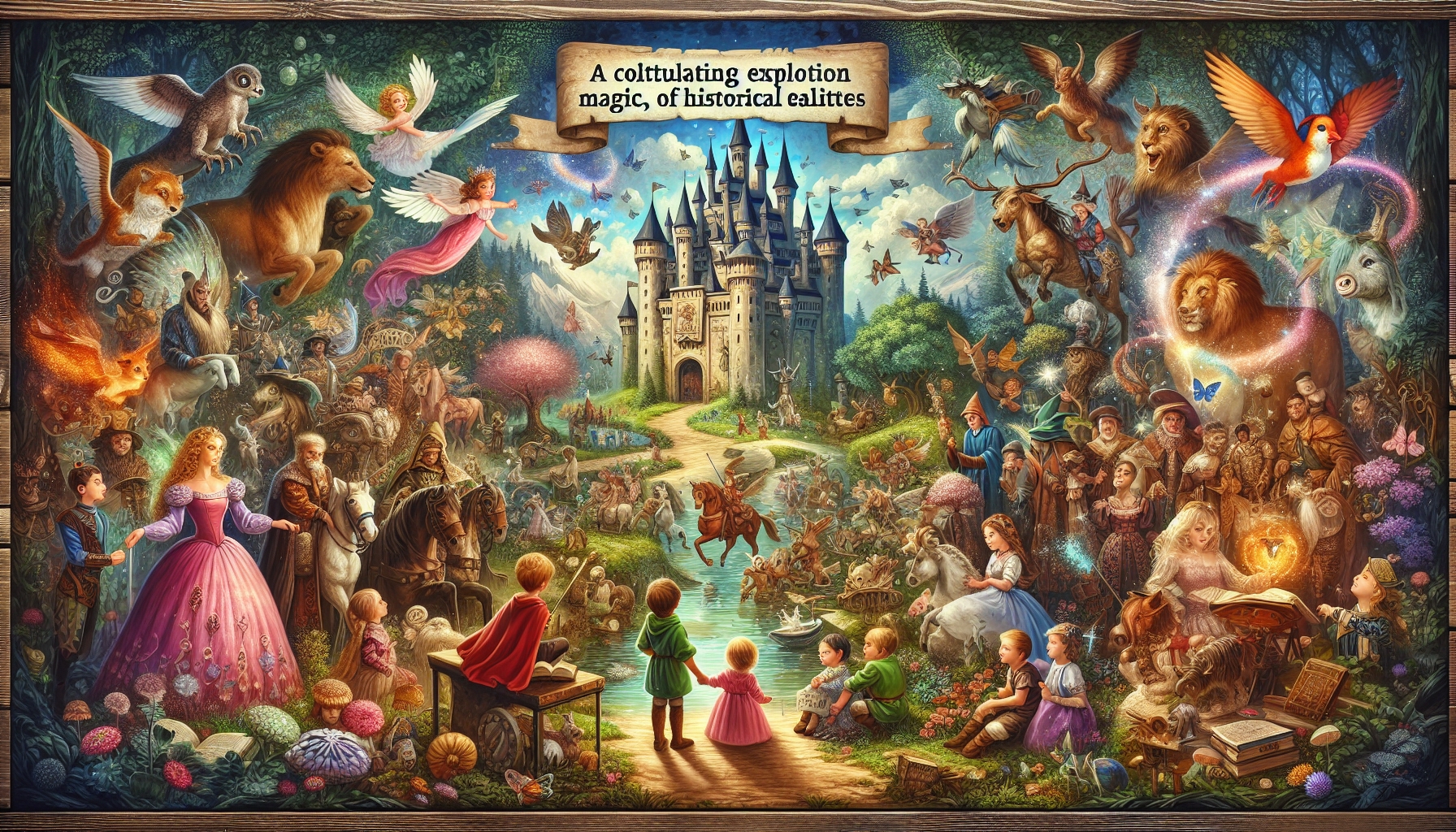
Classic Fairy Tales
Isn't it funny that only a small number of Fairy Tales actually include fairies in them! In addition to all these fairy tale possibilities, there is a story about a boy who can fly, a girl who falls into an enchanted rabbit hole and another who can spin gold from straw, not to mention a pair of magic shoes.
These are just a few of the ingredients in this essential collection of Classic Fairy Tales from authors like Lewis Carroll, Hans Christian Andersen and the Brothers Grimm.
Classic fairy tales are stories that have been passed down from generation to generation, often originating from oral storytelling traditions. They usually feature magical elements, fantastical creatures, and moral lessons. Some of the most famous fairy tales come from the collections of the Brothers Grimm, Charles Perrault, and Hans Christian Andersen. Here are some of the most well-known classic fairy tales:
- Alice In Wonderland: The story of a young girl named Alice, who is bored while sitting on the riverbank with her sister. She sees a clothed White Rabbit with a pocket watch run past. She follows it and falls down a rabbit hole. Alice's Adventures In Wonderland have begun. By Lewis Carroll
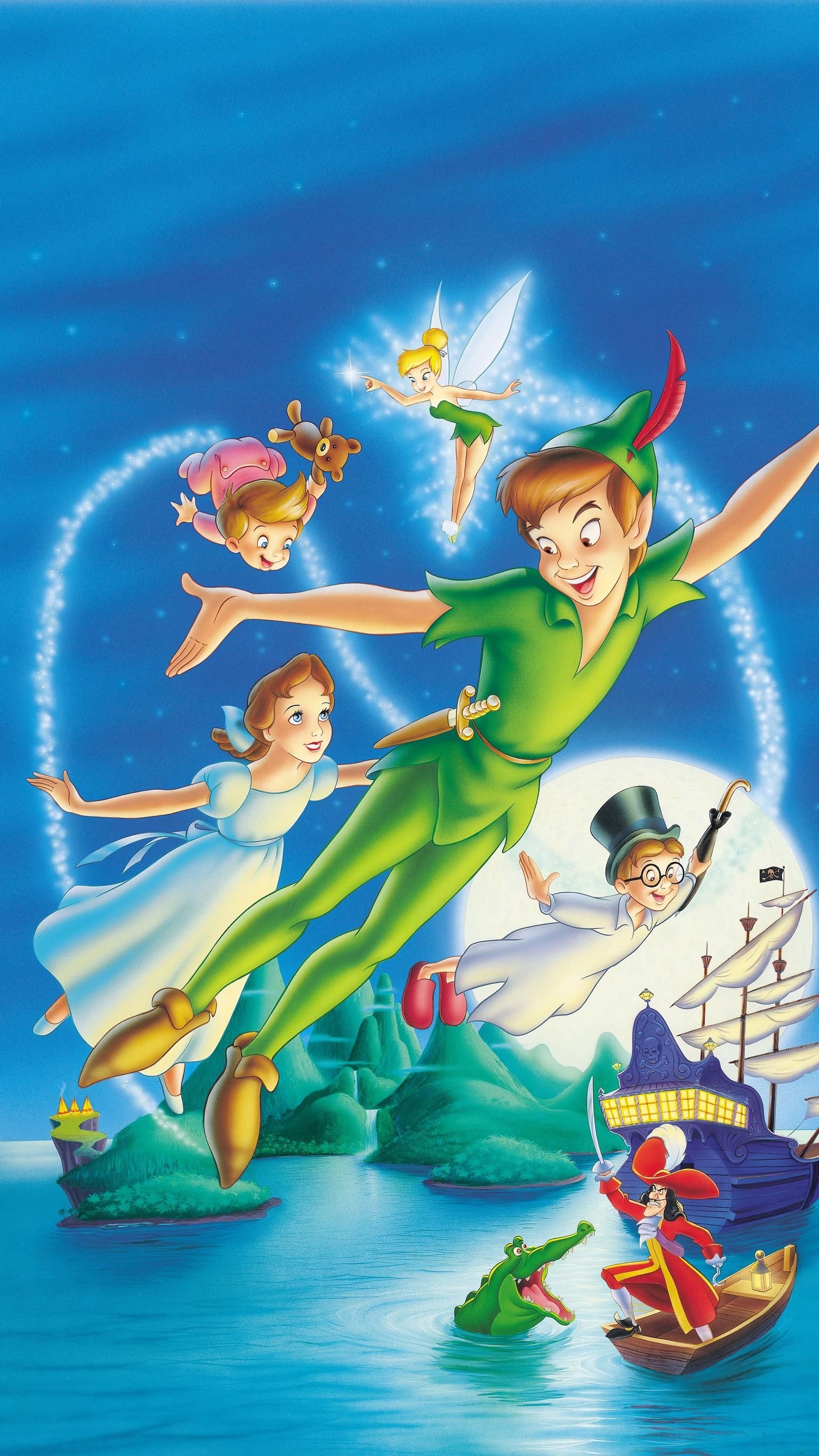 Peter Pan characters
Peter Pan characters- Peter Pan: The protagonist, Peter Pan is a magical, ageless boy embodying eternal youth and freedom. His adventurous spirit, courage, and ability to fly captivate those he encounters. He leads the Lost Boys and forms deep connections with Wendy and Tinker Bell, while maintaining a rivalry with Captain Hook. By Scottish novelist and playwright J. M. Barrie (1860–1937) Read our page about Peter Pan.
- Cinderella: A story about a young girl who is mistreated by her stepmother and stepsisters. With the help of her fairy godmother, she attends a royal ball and captures the heart of the prince.The earliest known version of this tale can be traced back to ancient Greece. The most well-known version comes from Charles Perrault's "Cendrillon" (1697), and the Brothers Grimm's "Aschenputtel" (1812). Read our page about Cinderella.
- Snow White: A tale about a beautiful princess who is pursued by her jealous stepmother. Snow White finds refuge with seven dwarfs, but ultimately must be awakened from a magical sleep by true love's kiss.The story likely has roots in European folklore. The Brothers Grimm popularized the version titled "Snow White and the Seven Dwarfs" in their collection "Grimm's Fairy Tales" (1812). Read our page on Snow White.
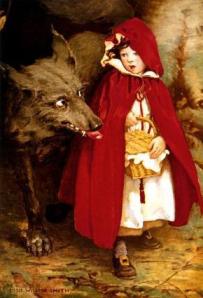 Little Red Riding Hood
Little Red Riding Hood- Little Red Riding Hood: A story about a young girl who encounters a wolf while visiting her grandmother. The wolf pretends to be her grandmother, but ultimately the girl and her grandmother are saved by a woodsman. This tale has origins in European folktales, and the best-known version comes from Charles Perrault's "Le Petit Chaperon Rouge" (1697). Read our page about Little Red Riding Hood.
- Sleeping Beauty: A princess is cursed by an evil fairy to fall into a deep sleep when she pricks her finger on a spindle. Only a prince's true love's kiss can break the spell. The story can be traced back to several earlier and darker tales, but the most famous versions are Charles Perrault's "The Sleeping Beauty in the Wood" (1697) and the Brothers Grimm's "Little Briar Rose" (1812). Read our page about The Sleeping Beauty.
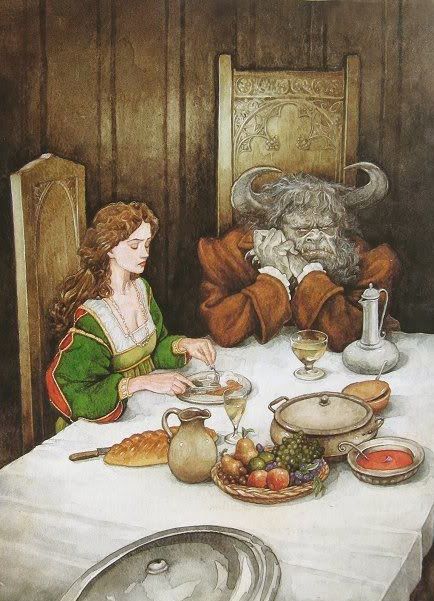 Beauty and the Beast
Beauty and the Beast- Beauty and the Beast: A tale about a beautiful girl named Belle who is taken captive by a cursed beast. Through kindness and understanding, Belle helps the Beast break the curse and transform back into a prince. The tale was first published as "La Belle et la Bête" by French novelist Gabrielle-Suzanne Barbot de Villeneuve in 1740. A shortened and more popular version was written by Jeanne-Marie Leprince de Beaumont in 1756. Read our page on the Beauty and The Beast.
- The Little Mermaid: A story about a mermaid princess who dreams of becoming human. She strikes a deal with a sea witch to gain legs, but must face difficult choices to win the heart of a prince. This story was written by Danish author Hans Christian Andersen and first published in 1837 as "Den lille Havfrue." Read our page on The Little Mermaid.
- Hansel and Gretel: Two siblings are abandoned in a forest by their parents, and encounter a witch who lives in a house made of gingerbread. They must outsmart the witch to escape her clutches and return home. The tale has its roots in European folklore and was popularized by the Brothers Grimm in their collection "Grimm's Fairy Tales" (1812). Read our page about Hansel and Gretel.
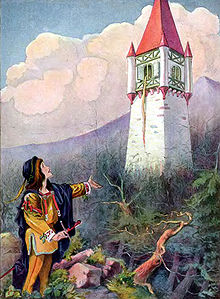 Rapunzel
Rapunzel- Rapunzel: A girl with long, magical hair is trapped in a tower by an evil witch. A prince discovers her and they plan her escape, but they must overcome many obstacles to find their happily ever after. This story can be traced back to several earlier tales, but the best-known version comes from the Brothers Grimm's collection "Grimm's Fairy Tales" (1812). Read our page about Rapunzel.
- The Three Little Pigs: A tale about three pigs who each build a house to protect themselves from a big, bad wolf. The wolf tries to destroy each house, but only the third pig's house, made of bricks, can withstand the wolf's huffing and puffing. The origins of this story are uncertain, but it is believed to have evolved from English oral storytelling traditions. The tale was first published in the 19th century, and its current version was popularized by Joseph Jacobs in his book "English Fairy Tales" (1890). Read our page about The Three Little Pigs.
It's important to note that many of these fairy tales have multiple versions and adaptations, influenced by various cultures and storytelling traditions. The authors and collectors mentioned above are typically associated with the most well-known versions of these stories.
These are just a few examples of classic fairy tales that have been passed down and retold countless times, capturing the imaginations of people all around the world.
You should also have a look at our page titled "What are the fairy tales?" to see a list of many different stories!
Classic Fairy Tales are the most popular of these time-honored short stories or tales that still enchant us to this day. They are sometimes confused with legends.
The Fairy Tale has its own genre. Fairy Tales are fantasy stories and can take place anytime, anywhere a person can imagine. Most start with "once upon a time" and mention "A far away place".
Legends on the other hand, are exaggerated stories that usually come from some actual events or people and grow with the telling over time.
Read more about Fairy Tales here
Book of the Month
The Best Selling Fae Fantasy Book! A great gift!
CLICK HERE for more information and best price!
Recent Articles
-
Fairy Costumes for Kids
Dec 30, 25 11:27 AM
Find the perfect fairy costume for you little ones! We have researched the best fairy costume options available on Amazon covering all budgets.. -
Christmas Angel Story of boy meets Angel "The Magic Letter" Dean Kiser
Dec 30, 25 09:00 AM
A Christmas Angel Story about an eleven year old orphan boy that meets an Angel. "The Magic Letter" by Dean Kiser -
Fae Fantasy Books - where love can be both thrilling and terrifying!
Nov 22, 25 02:34 AM
Fae Fantasy Books - explore new aspects of what it means to be human in a world where magic and immortal beings exist! A perfect blend of danger and allure!
